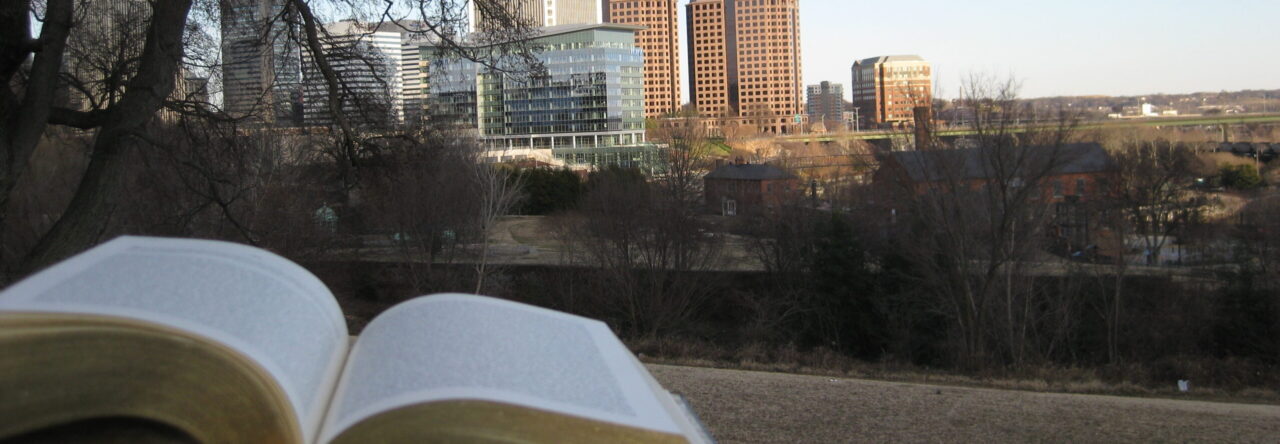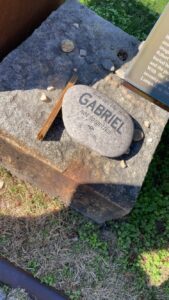Chicago Style Formatting is a new experience for me. Although it is regarded as one of the more common styles of citation, I have always found myself using MLA, APSA, and APA formatting. It is almost a foreign experience to me, however, the premise of an annotated Bibliography is not new to me, so that was generally alright. The content itself was almost eye-opening, as most of my annotated bibliography were combinations of both the surface-level research into author, reliability, etc. as well as an analysis as to how it can be applied in terms of my paper. Seeing it differentiate into two types was fairly interesting.
In terms of the source that I’ve selected for my Annotated Bibliography, I’ve chosen to dive deeper into the legal encodings, most notably the “Vagrant Laws.” The source referenced, that although the initial link to “gwu.edu” ended up failing and not working, I was able to find the primary document dating back to January 25th, 1866.
The exact document itself is a reference to a New York Times article in which the Union General makes an announcement that the Vagrant Laws under no means will be enforced by any civil servant under his territory and goes on to criticize the law itself over what it will do, and how white business-owners have already made agreements to not hire freedmen at respectable wages in order to force them into qualification over the vagrancy statute and work at near dirt-level wages.
It raises questions as to what other laws were encoded into their system as attempted loopholes, as well as who were other figures who stood up to fight against the Law? The Vagrancy Law, while not enforced, was still in effect in Virginia’s Legal System until 1904 which means over the course of close to four decades it was in effect.

